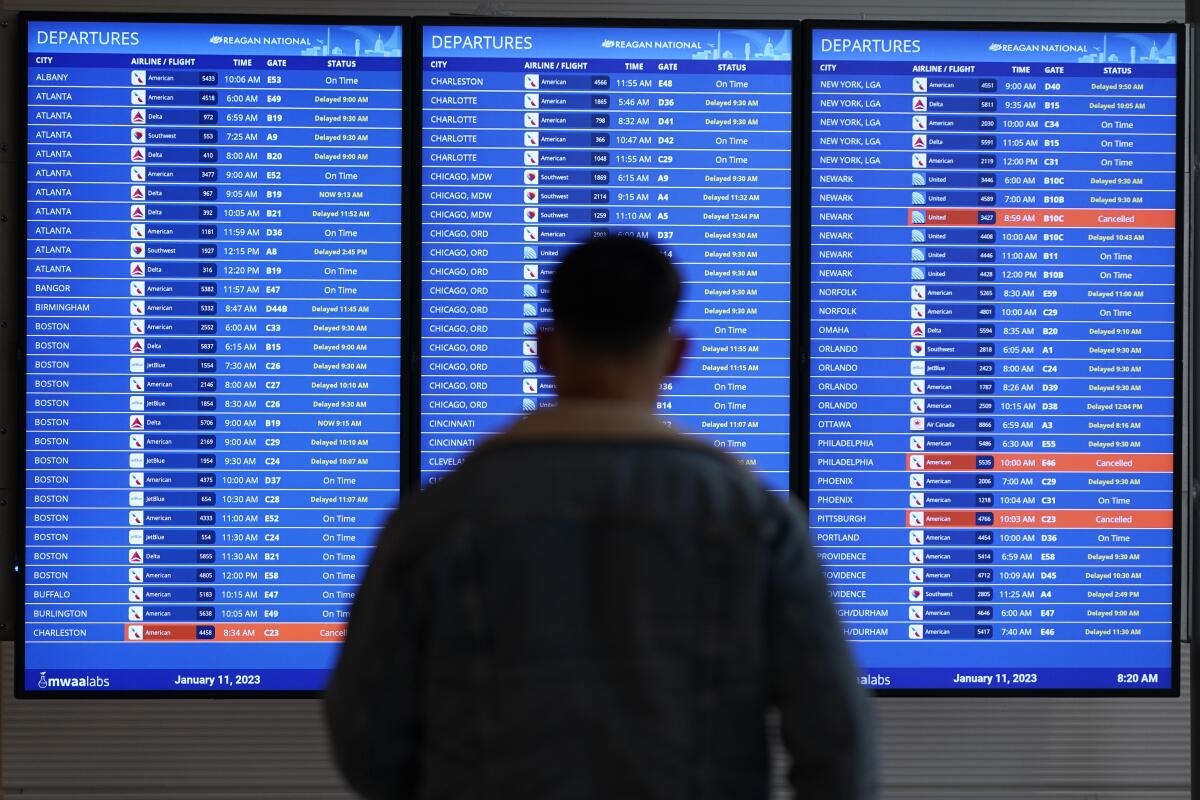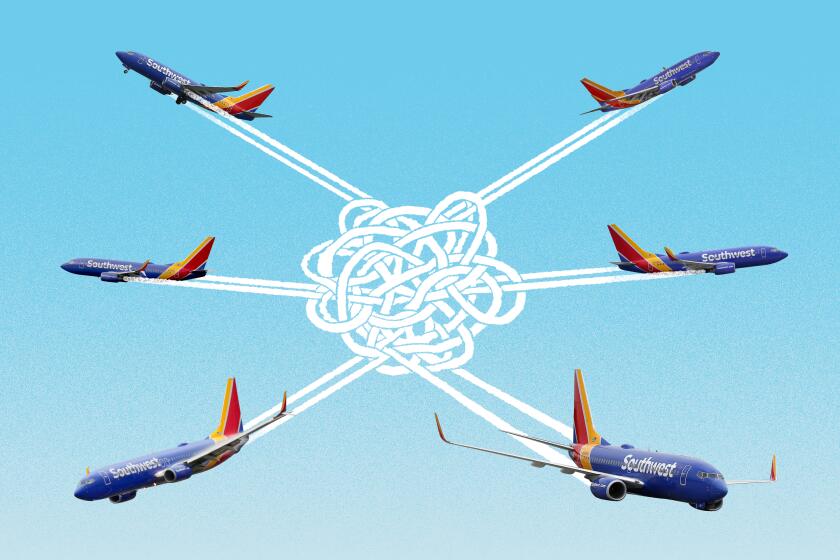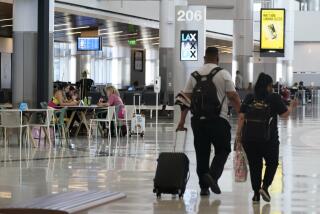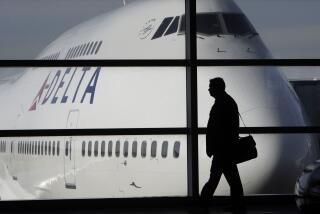Congressional investigators blame airlines for most flight cancellations

Congressional investigators said in a report Friday that an increase in flight cancellations as travel recovered from the pandemic was due mostly to factors that airlines controlled, including maintenance issues or lack of a crew.
The Government Accountability Office also said airlines are taking longer to recover from disruptions such as storms. Surges in cancellations in late 2021 and early 2022 lasted longer than they did before the pandemic, the GAO said.
Much of the increase in airline-caused cancellations has occurred at budget airlines, but the largest carriers have also made more unforced errors, according to government data.
Airlines have clashed with Transportation Secretary Pete Buttigieg over blame for high rates of canceled and delayed flights in the last two years. Airlines argue that the government is at fault for not having enough air traffic controllers, while Buttigieg has blamed the carriers.
The GAO report was requested by Republican leaders of the House Transportation Committee. The GAO said it examined flight data from January 2018 through April 2022 to understand why travelers suffered more delays and cancellations as travel began to recover from the pandemic.
Can Southwest repair its flight network and reputation after it canceled nearly 17,000 December flights? Are other airlines vulnerable?
The GAO said weather was the leading cause of cancellations in the two years before the pandemic, but the percentage of airline-caused cancellations began increasing in early 2021. From October through December 2021, 60% or more of cancellations were caused by airlines — more than at any time in 2018 or 2019.
At the time, airlines were understaffed. The airlines took $54 billion in taxpayer money to keep employees on the job through the pandemic but reduced workers anyway by paying them incentives to quit.
As travel rebounded, the airlines struggled to replace thousands of departed workers. They now have more than they did in 2019 — and the cancellation rate this year is lower than during the same period in 2019, according to data from tracking service FlightAware.
In 2019, the carriers with the highest percentages of cancellations due to factors they could control were Hawaiian Airlines and Alaska Airlines. Each carrier was responsible for more than half of its cancellations.
In late 2021, they were joined by low-fare carriers Allegiant Air, Spirit Airlines, JetBlue Airways and Frontier, each of which was responsible for 60% or more of its own cancellations, according to the GAO.
The percentage of airline-caused cancellations also increased at Southwest, Delta, American and United. The figures did not include the 16,700 late-December cancellations at Southwest that followed the breakdown of the airline’s crew rescheduling system.
The GAO said the Transportation Department has increased its oversight of airline scheduling practices. The Transportation and Justice departments are investigating whether Southwest scheduled more flights than it could handle before last December’s meltdown.
The Southwest debacle has led to calls to strengthen passenger compensation rules.
More to Read
Inside the business of entertainment
The Wide Shot brings you news, analysis and insights on everything from streaming wars to production — and what it all means for the future.
You may occasionally receive promotional content from the Los Angeles Times.











